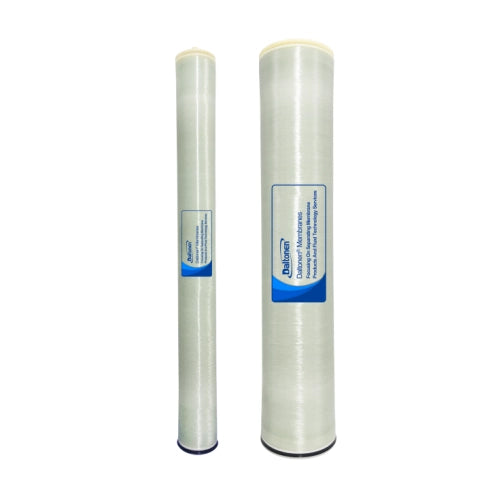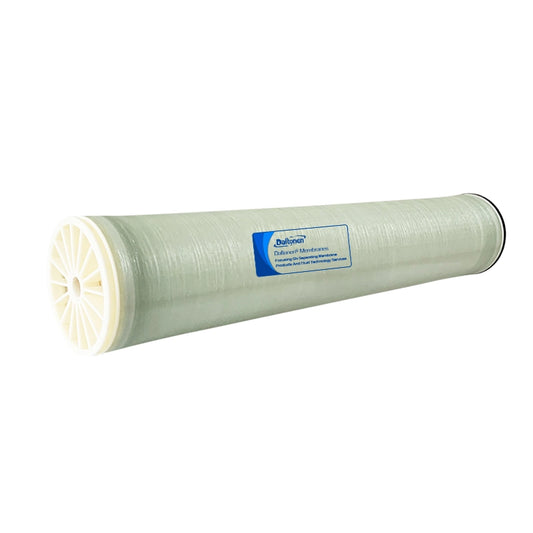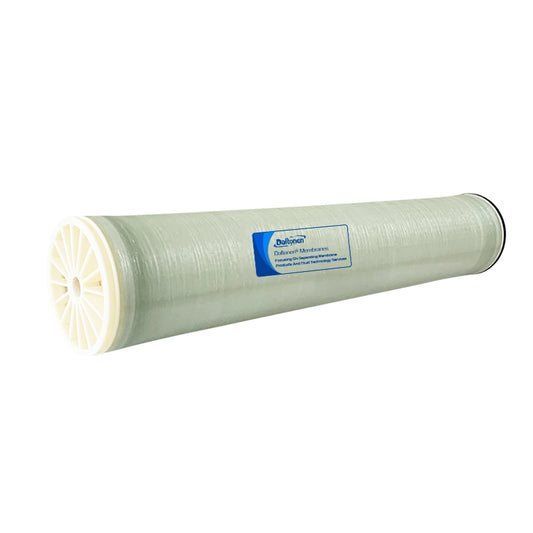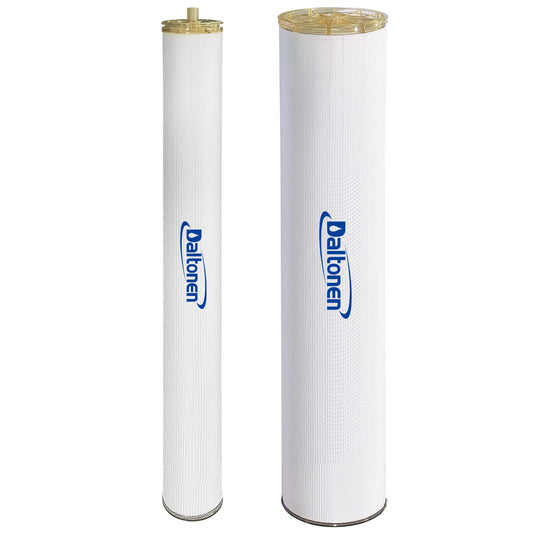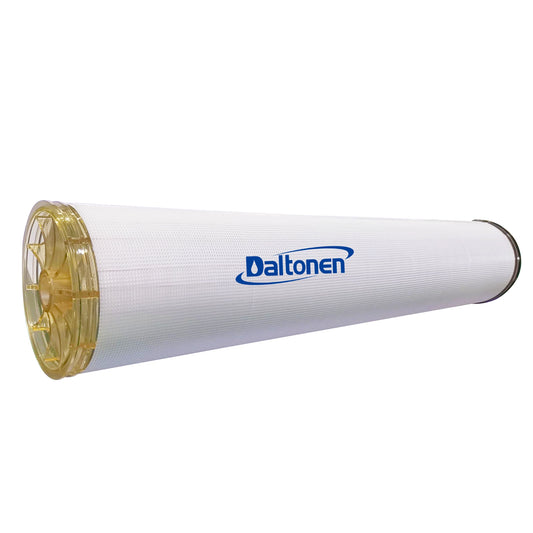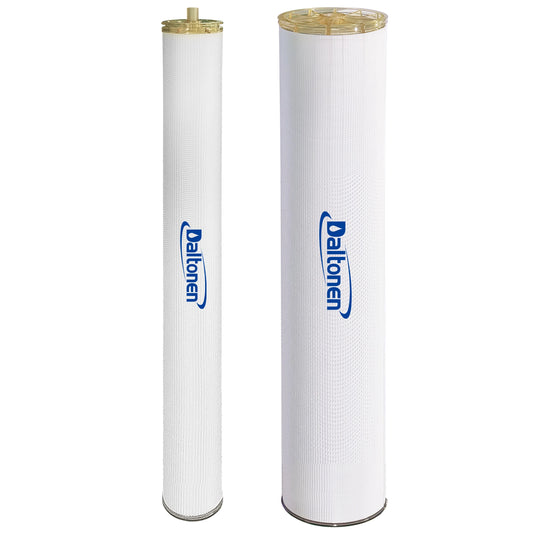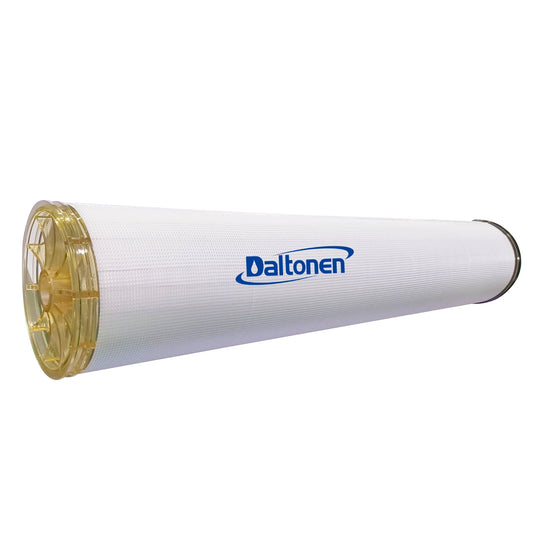Treatment Methods of Pharmaceutical Wastewater
Treatment Methods of Pharmaceutical Wastewater
The treatment methods of pharmaceutical wastewater can be summarized as physicochemical treatment, chemical treatment, biological treatment, and the combination of multiple methods. Each method has its own advantages and limitations.

1.1 Physicochemical Treatment
Based on the characteristics of pharmaceutical wastewater, physicochemical treatment is required as a pre-treatment or post-treatment process for biological treatment. The currently applied physicochemical treatment methods mainly include coagulation, flotation, adsorption, ammonia blowing, electrolysis, ion exchange, and membrane separation.
1.1.1 Coagulation Method
This technology is widely used for wastewater treatment both at home and abroad, especially in the pre-treatment and post-treatment of pharmaceutical wastewater. Coagulants such as aluminum sulfate and polymeric ferric sulfate are commonly used for treating wastewater like traditional Chinese medicine. The key to effective coagulation treatment is the proper selection and addition of high-performance coagulants. In recent years, the development trend of coagulants is moving from low molecular weight to polymer, and from single-component functional type to composite type.
1.1.2 Flotation Method
Flotation methods vary, including air flotation, dissolved air flotation, chemical flotation, and electrolytic flotation.
1.1.3 Adsorption Method
Activated carbon, active coal, humic acid, adsorption resin, and other adsorbents are commonly used.
1.1.4 Membrane Separation Method
Membrane technologies, including reverse osmosis, nanofiltration, and fiber membranes, can recover useful substances and reduce the total organic emissions. The main features of this technology are simple equipment, convenient operation, no phase change or chemical change, high treatment efficiency, and energy saving.
1.1.5 Electrolysis Method
This method has gained attention due to its high efficiency and ease of operation in wastewater treatment, and it also has a good decolorization effect.
1.2 Chemical Treatment
When applying chemical methods, the excessive use of certain reagents can lead to secondary water pollution. Therefore, relevant experimental research should be conducted before the design. Chemical methods include the iron-carbon method, chemical oxidation-reduction method (Fenton's reagent, H2O2, O3), and advanced oxidation techniques.
1.2.1 Iron-Carbon Method
Industrial operations have shown that using Fe-C as a pre-treatment step for pharmaceutical wastewater can greatly improve the biodegradability of the effluent.
1.2.2 Fenton's Reagent Treatment Method
The combination of ferrous salt and H2O2 is called Fenton's reagent, which can effectively remove refractory organics that traditional wastewater treatment methods cannot. With in-depth research, UV, oxalate (C2O42-), and other substances have been introduced into Fenton's reagent, significantly enhancing its oxidizing ability.
1.2.3 This method can improve the biodegradability of wastewater and has a good removal rate of COD.
1.2.4 Oxidation Technology
Also known as advanced oxidation technology, it integrates the latest research results from related disciplines such as modern light, electricity, acoustics, magnetism, and materials. It mainly includes electrochemical oxidation, wet oxidation, supercritical water oxidation, photocatalytic oxidation, and ultrasonic degradation. Among these, ultraviolet light photocatalytic oxidation technology has the advantages of novelty, high efficiency, no selectivity for wastewater, suitability for the degradation of unsaturated hydrocarbons, mild reaction conditions, and no secondary pollution, showing good application prospects. Compared with ultraviolet light, thermal pressure, and other treatment methods, ultrasonic waves have a more direct effect on organic matter and lower equipment requirements. As a new treatment method, it is receiving increasing attention.
1.3 Biological Treatment
Biological treatment technology is widely used in the treatment of pharmaceutical wastewater and includes aerobic biological methods, anaerobic biological methods, and combinations of aerobic-anaerobic methods.
1.3.1 Aerobic Biological Treatment
Since most pharmaceutical wastewaters are high-concentration organic wastewaters, aerobic biological treatment generally requires dilution of the original solution. This leads to high energy consumption and poor biodegradability of the wastewater, making it difficult to meet discharge standards directly through aerobic treatment alone. Therefore, aerobic treatment is rarely used alone, and pre-treatment is generally needed. Common aerobic biological treatment methods include the activated sludge process, deep well aeration, adsorption biodegradation (AB process), contact oxidation, sequencing batch reactor (SBR process), and cyclic activated sludge system (CASS process).
1.3.2 Anaerobic Biological Treatment
Currently, anaerobic methods are mainly used domestically and internationally to treat high-concentration organic wastewater. However, after anaerobic treatment alone, the effluent COD is still high and usually requires further post-treatment (such as aerobic biological treatment). There is a need to strengthen the development and design of high-efficiency anaerobic reactors and conduct in-depth research on their operating conditions. The upflow anaerobic sludge blanket (UASB), anaerobic composite bed (UBF), anaerobic baffle reactor (ABR), and hydrolysis method have been successfully applied in the treatment of pharmaceutical wastewater.
The hydrolysis tank, also known as the hydrolysis upflow anaerobic sludge blanket (HUSB), is an improved version of the UASB. Compared with the full-process anaerobic tank, the hydrolysis tank has the following advantages: no need for sealing, stirring, or a three-phase separator, reducing costs and facilitating maintenance; it can degrade large-molecule, non-biodegradable organics in wastewater into small-molecule, biodegradable organics, improving the biodegradability of the original water; rapid reaction, small tank volume, low capital investment, and reduced sludge volume. In recent years, the hydrolysis-aerobic process has been widely used in the treatment of pharmaceutical wastewater.
1.3.3 Anaerobic-Aerobic and Other Combined Treatment Processes
Since aerobic or anaerobic treatment often fails to meet requirements, anaerobic-aerobic, hydrolysis acidification-aerobic, and other combined processes have shown superior performance in improving wastewater biodegradability, shock resistance, investment cost, and treatment effectiveness, thus being widely applied in engineering practice.

2. Treatment Process and Selection for Pharmaceutical Wastewater
The characteristics of pharmaceutical wastewater mean that most cannot meet discharge standards through biological treatment alone. Therefore, pre-treatment is essential before biological treatment. A regulating tank is generally set up to adjust water quality, flow rate, and pH. Depending on the actual situation, a physicochemical or chemical method is used as pre-treatment to reduce SS, salinity, and some COD in wastewater, remove biologically inhibitory substances, and enhance biodegradability for subsequent biological treatment.
After pre-treatment, the wastewater can be treated with anaerobic and aerobic processes based on its characteristics. If higher effluent standards are required, post-treatment is needed after aerobic treatment. The process selection should consider wastewater properties, treatment effectiveness, capital investment, and operational maintenance to ensure technical feasibility and economic rationality. The general process route is pre-treatment-anaerobic-aerobic-post-treatment.
3. Recovery and Utilization of Useful Substances in Pharmaceutical Wastewater
Promoting clean production in the pharmaceutical industry, improving raw material utilization, and increasing the recovery of intermediates and by-products can reduce pollution during production. Some pharmaceutical wastewater contains recoverable substances due to the special production process. For such wastewater, priority should be given to material recovery and comprehensive utilization. For example, ammonium salts can be recovered through fixed film evaporation, concentration, crystallization, and reused as fertilizers like (NH4)2SO4 and NH4NO3 with a mass fraction of around 30%, yielding significant economic benefits. Formaldehyde gas can be recovered to prepare formalin or used as a boiler fuel, achieving sustainable resource use and unifying environmental and economic benefits. However, pharmaceutical wastewater is often complex and difficult to recover, with complicated and costly processes. Therefore, advanced and efficient comprehensive treatment technology is the key to solving pharmaceutical wastewater problems.
